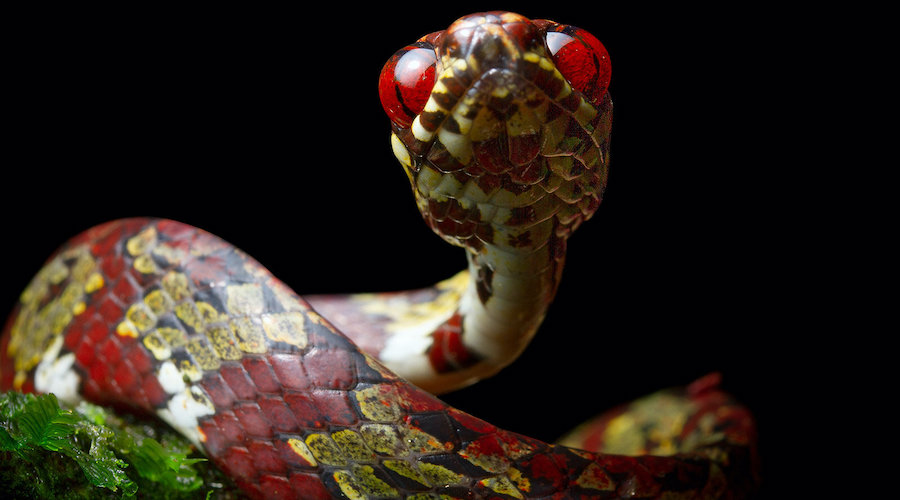A recent study published in the journal ZooKeys found that the proliferation of illegal open-pit gold and copper mining operations in the jungles of Ecuador, Colombia, and Panama is decimating the populations of five newly-described tree-dwelling snake species.
According to the paper, neotropical snail-eating snakes (genera Sibon and Dipsas) have a unique lifestyle that makes them particularly prone to the effects of gold and copper mining. First, they are arboreal, so they cannot survive in areas devoid of vegetation, such as in open-pit mines. Second, they feed exclusively on slugs and snails, a soft-bodied type of prey that occurs mostly along streams and rivers and is presumably declining because of the pollution of water bodies.
“When I first explored the rainforests of Nangaritza River (in Ecuador) in 2014, I remember thinking the place was an undiscovered and unspoiled paradise,” Alejandro Arteaga, lead author of the study, said in a media statement.
“In fact, the place is called Nuevo Paraíso in Spanish, but it is a paradise no more. Hundreds of illegal gold miners using backhoe loaders have now taken possession of the river margins, which are now destroyed and turned into rubble.”
According to Arteaga, the presence of a conservation area may not be enough to keep the snail-eating snakes safe. In southeastern Ecuador, illegal miners are closing in on the Maycu Reserve, ignoring landowner rights and even making violent threats to anyone opposed to the extraction of gold.
The researcher noted that even rangers and their families are tempted to quit their jobs to work in illegal mining, as they can earn what would otherwise be a year’s salary in just a few weeks extracting gold from the Nangaritza River.
Looking into the situation in Panama, Arteaga pointed out that large-scale copper mining is affecting the habitat of two of the new species: Sibon irmelindicaprioae and Sibon canopy. However, unlike the illegal gold miners in Ecuador and Colombia, in the Central American country, metal extraction is legally carried out by Minera Panamá.
“Both legal and illegal open-pit mines are uninhabitable for the snail-eating snakes,” Arteaga said. “But the legal mines may be the lesser of two evils. At the very least, they respect the limit of nearby protected areas, answer to a higher authority, and are presumably unlikely to enact violence on park rangers, researchers, and conservationists.”
Sibon canopy, one of the newly described species, appears to have fairly stable populations inside protected areas of Panama, although elsewhere nearly 40% of its habitat has been destroyed. At Parque Nacional Omar Torrijos, where it is found, there has been a reduction in the number of park rangers. This makes it easier for loggers and poachers to reach previously unspoiled habitats that are essential for the survival of the snakes.
Arteaga said that the lack of employment and the high price of gold aggravate the situation as no legal activity can compete against the “gold bonanza.”
“More and more often, farmers, park rangers, and Indigenous people are turning to illegal activities to provide for their families, particularly during crisis situations like the covid-19 pandemic, when NGO funding was at its lowest,” he said. “These new species of snake are just the tip of the iceberg in terms of new species discoveries in this region, but if illegal mining continues at this rate, there may not be an opportunity to make any future discoveries.”

